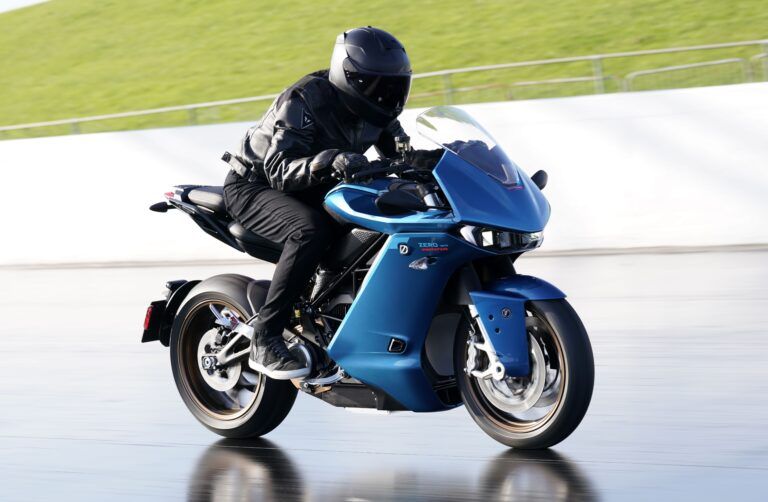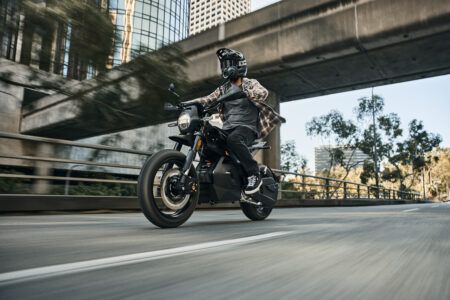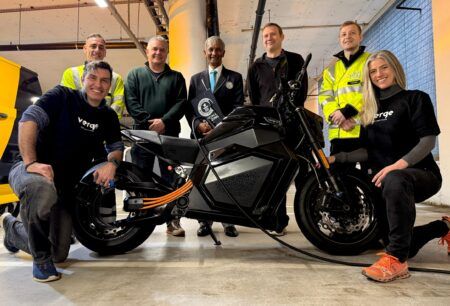Starting from the premise that innovation drives efficiency, White Motorcycle Concepts and Zero Motorcycles have partnered to build a groundbreaking prototype that has extended range for electric motorcycle in its sights.
In a move to push the boundaries of electric motorcycle performance, White Motorcycle Concepts (WMC) has partnered with leading EV manufacturer Zero Motorcycles to develop a prototype that could redefine the industry’s approach to range and efficiency.
The result of this collaboration is the WMCSRS, the world’s first electric sports motorcycle to incorporate WMC’s patented aerodynamic duct technology. This innovative system promises to deliver a 10% reduction in overall drag, translating to increased range, top speed, and acceleration compared to standard electric motorcycle designs.
“The whole industry is currently facing a huge technical and commercial challenge to produce an electric motorcycle with performance close to its petrol equivalent,” said Robert White, Founder and CEO of White Motorcycle Concepts. “This problem requires a blend of innovations to bridge the gap, not just relying on battery technology alone.”
The partnership between WMC and Zero Motorcycles was first forged at the 2023 EICMA motorcycle show, where the two companies discovered a shared vision for advancing electric vehicle efficiency and meeting the evolving demands of consumers.
Founded in 2006, Zero Motorcycles has established itself as a pioneering force in the electric motorcycle market. The company’s award-winning models, such as the SR/S sportbike, have gained a reputation for impressive performance and real-world range.
“From our initial meeting at EICMA, we have been interested to understand the potential impact of WMC’s aerodynamic duct,” said Abe Askenazi, Zero Motorcycles CTO. “We are committed to innovation, and while battery development is advancing rapidly, we believe a combination of technologies is the key to developing the electric motorcycles of the future.”
WMC, on the other hand, is a relative newcomer to the scene, but has quickly made a name for itself through its work on the British electric motorcycle land-speed record program. The company’s patented intelligent aerodynamic duct technology has been the driving force behind this pursuit, and the team saw an opportunity to apply its expertise to a mainstream production model.
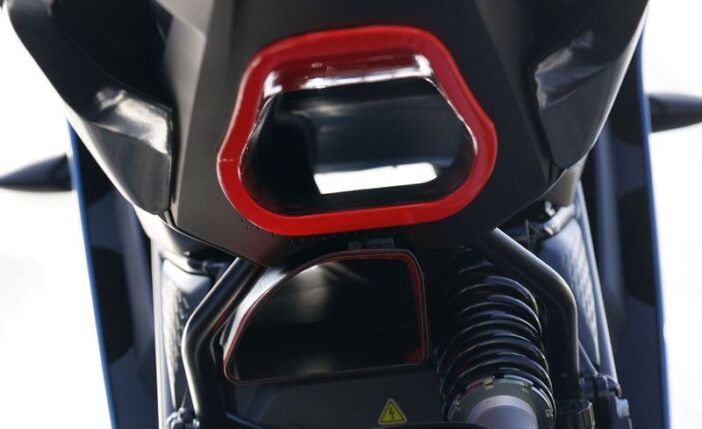 Dynamic aero
Dynamic aero
“When I first saw the Zero SR/S frame and battery architecture, I immediately recognized the opportunity to retrofit a duct,” White explained. “I’m proud of what we’ve achieved, though the duct is limited by existing packaging constraints. It would offer even greater performance if integrated from the start of a motorcycle’s design.”
The WMCSRS prototype features a bespoke bifurcated duct that channels air from behind the front wheel and exits above the rear wheel. To further enhance airflow through the duct, WMC’s engineering team also designed a new aerodynamic front fender and fork shroud package.
“Aerodynamics is a hot topic, especially in MotoGP, where winglets and other devices improve lap times, though this efficiency benefit does not always translate to retail bikes,” White said. “Our intelligent aero duct enhances aerodynamic efficiency, positively impacting power consumption, especially at high speeds.”
Through a meticulous development process that drew on the team’s experience in Formula 1 and sports car programs, the WMCSRS concept was brought to life. Using advanced in-house modeling, computational fluid dynamics simulations, and real-world testing with F1-style aero rakes, the engineers were able to optimize the duct’s performance and integration with the existing Zero SR/S architecture.
The results are impressive. The WMCSRS demonstration model boasts a 10% increase in aerodynamic efficiency compared to the standard Zero SR/S, a significant gain that can be leveraged in multiple ways.
“The aerodynamic efficiency gain can be used to extend range or lower costs, reducing the need for a larger battery, which in turn cuts down on weight, charge time, and battery expenses,” White explained. “The duct is affordable to integrate and manufacture, with its range benefits remaining consistent over time. It enables increased top speed (max), top speed sustained and acceleration with a very low risk of component failure, and its advantages increase with higher-speed riding, unlike batteries, which tend to lose efficiency under such conditions.”
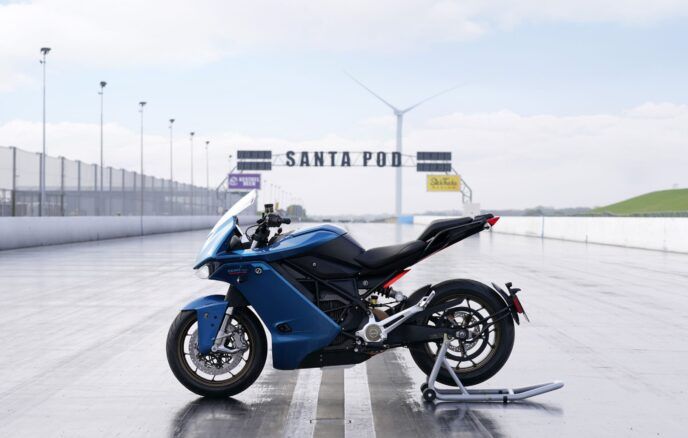 Free range
Free range
This development comes at a critical time for the electric motorcycle industry. As consumer demand for EVs continues to grow, range anxiety remains a significant barrier to widespread adoption. A 2022 survey by the Motorcycle Industry Council found that 57% of potential electric motorcycle buyers cited range as their primary concern, underscoring the importance of innovations that can address this challenge.
“Following the lead of the car market exploration of all aspects of efficiency to extend range, the new generation of electric and hybrid cars are 30% more efficient than cars produced just 5 years ago,” White said. “The motorcycle industry can look beyond the limitations of current battery technology and embrace complementary and consistent solutions to transition to net zero.”
The collaboration between WMC and Zero Motorcycles serves as a prime example of this kind of innovative thinking. By combining WMC’s aerodynamic expertise with Zero’s proven electric motorcycle platform, the companies have created a prototype that demonstrates the potential for a multi-faceted approach to enhancing EV performance.
“This proof of concept has given us valuable insights into the potential benefits of integrating an aerodynamic duct into electric motorcycles,” Askenazi said. “We will continue to explore complementary technological advancements to deliver market-leading products for our customers.”
The WMCSRS concept made its global debut at Motorcycle Live in the UK in November 2024. This public unveiling marked a significant milestone in the ongoing partnership between WMC and Zero Motorcycles, as they work together to push the boundaries of what’s possible in the electric motorcycle space.
As the industry continues to evolve, the collaboration between these two innovative companies serves as a blueprint for how strategic partnerships can drive progress and address the pressing challenges facing the electric motorcycle market. By combining their respective areas of expertise, WMC and Zero Motorcycles have created a prototype that could pave the way for a new era of efficient, high-performance electric motorcycles.


